The Science Behind the Success of Flipped Classrooms
27 January 2025
The traditional classroom model has remained largely unchanged for centuries. It’s the classic setup — the teacher lectures, and students sit passively, absorbing information like sponges (or at least trying to). But in recent years, a new method has gained traction that flips this model on its head, literally. Enter the flipped classroom.
But what exactly is a flipped classroom? And more importantly, why is it so effective? Let’s dive into the science behind the success of flipped classrooms and explore why this approach might just be the future of education.
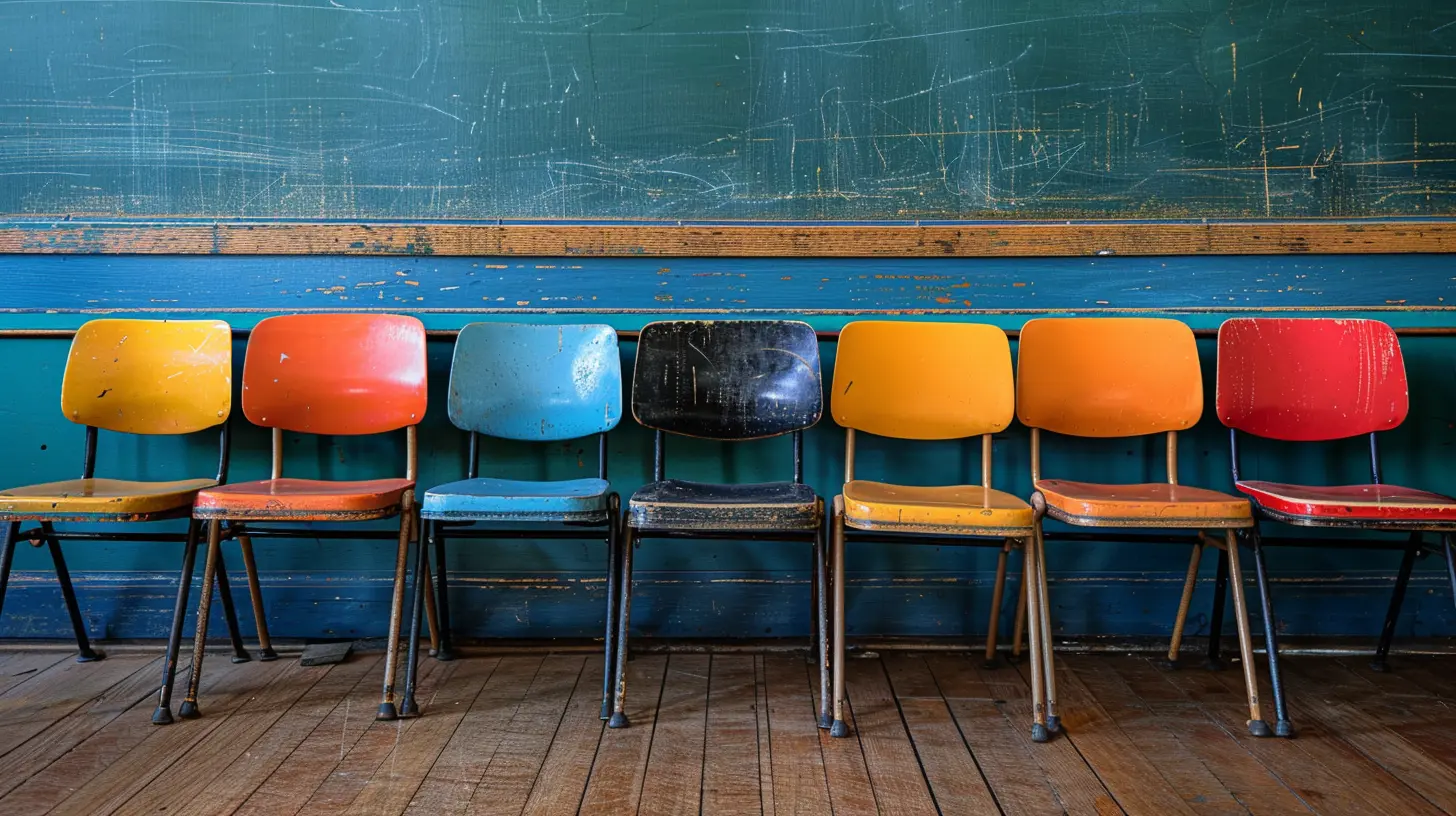
What is a Flipped Classroom?
Before we get into the nitty-gritty details, let’s start with the basics. A flipped classroom involves reversing the traditional learning environment. Instead of students attending lectures during class time and working on assignments at home, they do the opposite.In a flipped classroom:
- Lectures or instructional content are consumed outside of class (usually through videos, readings, or podcasts).
- Class time is reserved for interactive activities, such as discussions, problem-solving, and hands-on projects.
Think of it like this: Traditional classrooms are like watching a cooking show, and then going home to attempt the recipe on your own. A flipped classroom, on the other hand, is like watching the cooking show at home and then going to a cooking class where the chef helps you perfect your dish.
Why the Shift?
This model came about as educators began to realize that students weren’t retaining information as well as they could. The passive nature of traditional lectures leaves little room for engagement or practical application. The flipped classroom model seeks to remedy this by focusing on active learning during class time, where students can engage with the material more deeply.
The Cognitive Science Behind Flipped Classrooms
Now that we’ve covered what a flipped classroom is, let’s get into why it works — and this is where cognitive science comes into play.1. Active Learning Boosts Retention
The flipped classroom model emphasizes active learning, which has been shown to significantly boost retention rates. When students are simply listening to a lecture, their brains are often in a passive state. It’s like watching TV — you may remember some parts, but you’re not fully engaged.In a flipped classroom, students use class time for activities that require critical thinking, problem-solving, and collaboration. These activities create stronger neural connections because they require students to actively engage with the material rather than passively absorb it.
Research supports this. A study published in Proceedings of the National Academy of Sciences found that students in active learning environments had higher exam scores compared to those in traditional lecture-based settings.
2. Personalized Learning and Mastery
Everyone learns at their own pace, right? Some students grasp new concepts quickly, while others need more time. The traditional classroom model, unfortunately, doesn’t cater well to individual learning speeds. Teachers often have to move at a set pace, leaving some students behind or boring others who’ve already mastered the material.In a flipped classroom, students have the freedom to learn at their own pace. They can pause, rewind, and rewatch instructional videos as many times as necessary before engaging in classroom activities. This flexibility promotes mastery learning, where the focus is on truly understanding the material before moving on.
3. The Power of Peer Collaboration
Ever notice how explaining something to someone else helps you understand it better yourself? That’s the basis of peer collaboration, and it’s a key component of flipped classrooms.When students work together on problem-solving activities during class time, they’re not just learning from the teacher — they’re learning from each other. This process, known as peer instruction, is incredibly effective because it encourages students to think critically and articulate their thoughts clearly.
4. Immediate Feedback is Game-Changing
One of the biggest challenges in traditional classrooms is the delay in feedback. Students often complete assignments at home and only receive feedback days later, by which time they may have already moved on to new topics.Flipped classrooms, however, allow for immediate feedback during class activities. As students work through problems or projects, teachers can provide real-time guidance and correction. This rapid feedback loop helps students quickly identify and fix mistakes, leading to deeper understanding and improved performance.
5. Cognitive Load Management
In cognitive science, there’s a concept known as cognitive load — essentially, it’s the amount of information your brain can handle at once. Traditional lectures can often overload students with too much information in a short time, leading to cognitive fatigue.Flipped classrooms help manage cognitive load by breaking the learning process into more digestible chunks. Since students are consuming instructional content at their own pace, they can take breaks, revisit difficult topics, and process information more effectively.
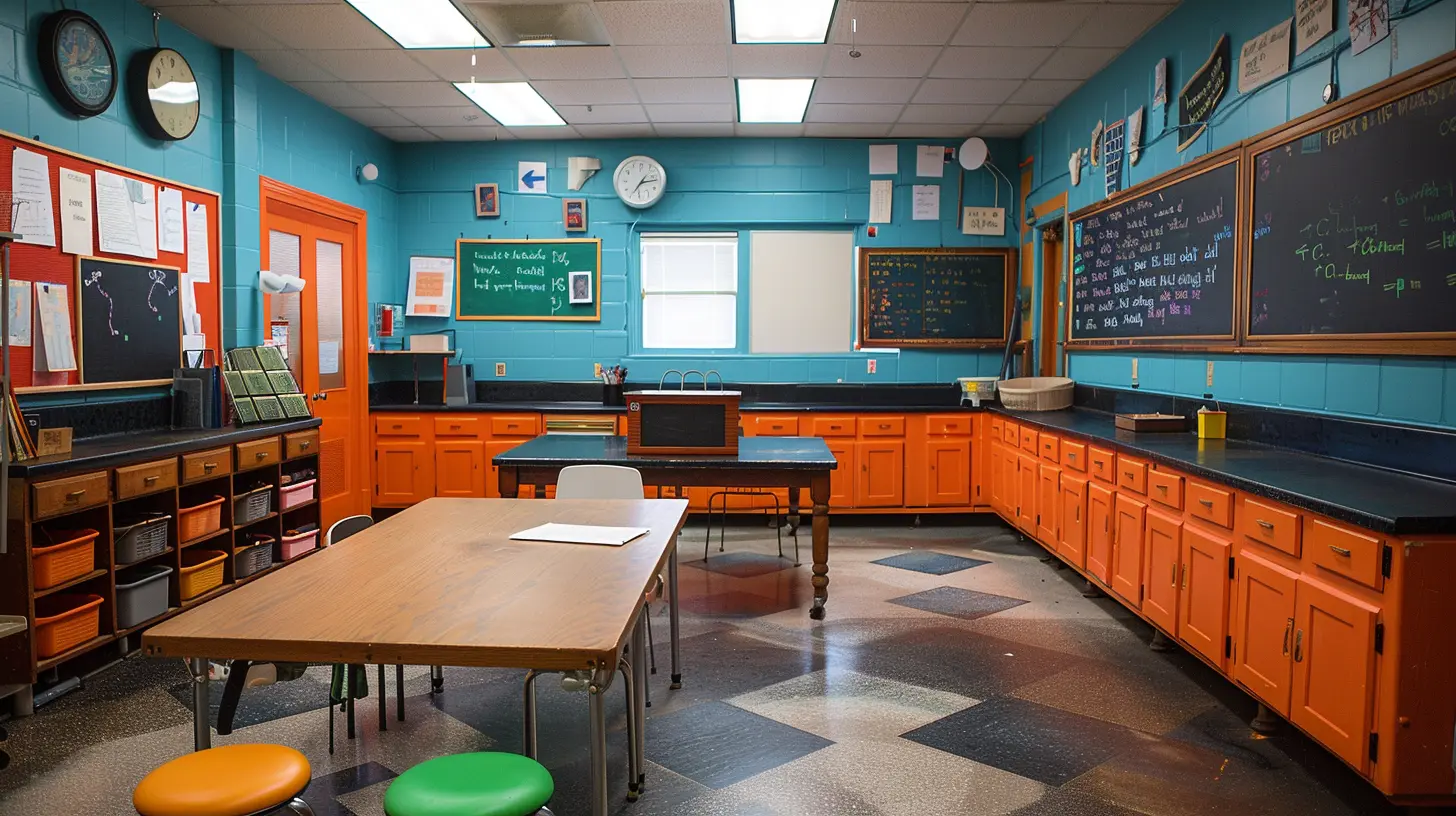
Flipped Classrooms Support a Growth Mindset
Beyond just the cognitive benefits, flipped classrooms also play a role in fostering a growth mindset — the belief that intelligence and abilities can be developed with effort and persistence.In traditional classrooms, students often feel pressured to keep up with the pace of the lecture, which can lead to frustration and the belief that they’re “just not good at” certain subjects.
In flipped classrooms, however, students are given more control over their learning. This encourages them to take ownership of their education, work through challenges, and view mistakes as opportunities to learn. This kind of mindset is crucial for long-term academic success and personal development.
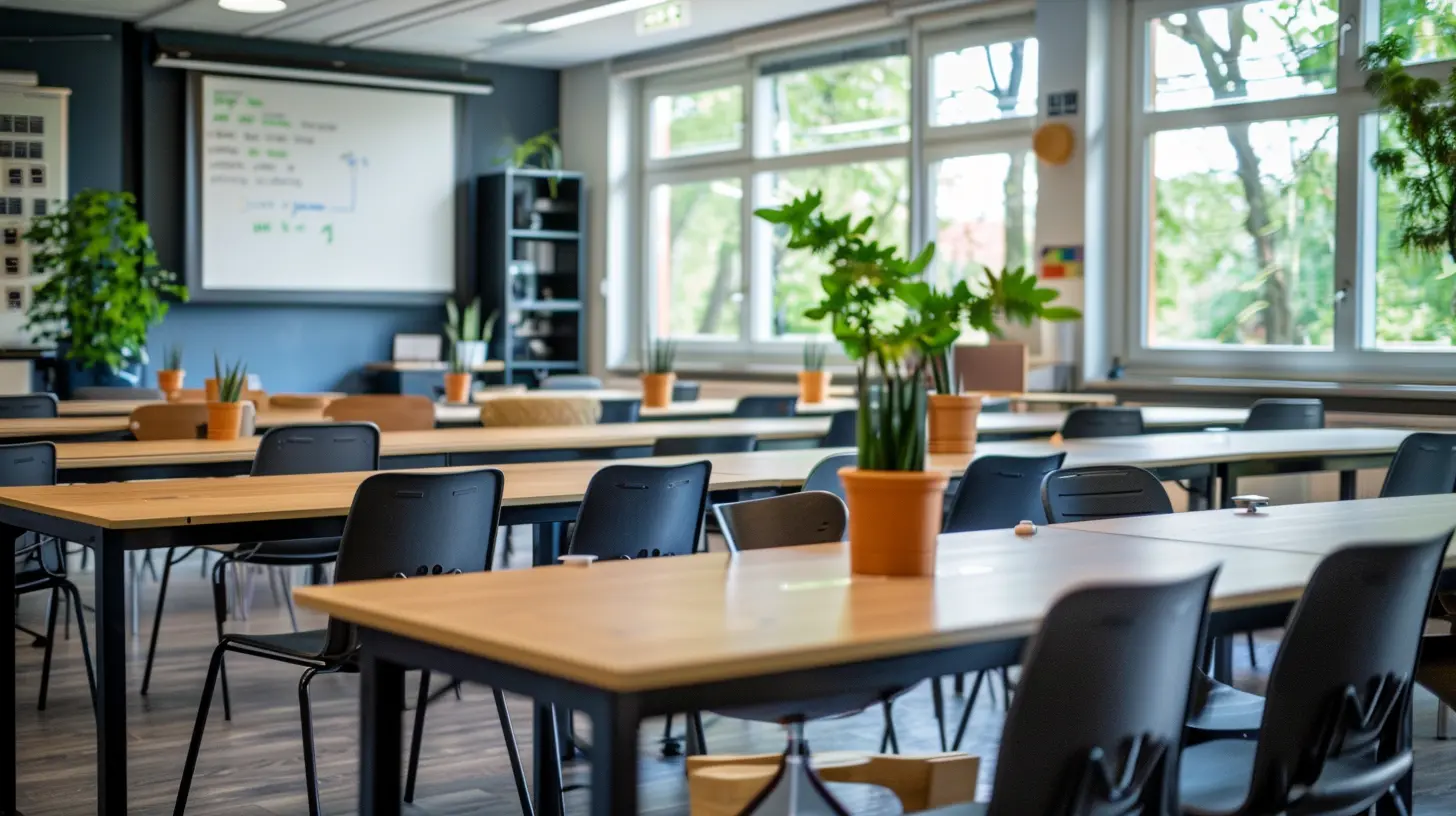
Benefits for Teachers
Let’s not forget about the teachers here! The flipped classroom model doesn’t just benefit students — it’s also a game-changer for educators.1. More Time for Individualized Instruction
In traditional classrooms, teachers are often bogged down by the need to cover material in lectures, leaving little time for one-on-one instruction. In a flipped classroom, however, teachers can spend more time working with individual students or small groups during class.This allows teachers to identify students who may be struggling with certain concepts and provide targeted support. It also creates more opportunities to challenge advanced students with deeper or more complex material.
2. Enhanced Classroom Engagement
Let’s be honest, lectures can be a bit… dry. Even the most passionate teacher can struggle to keep students engaged when they’re simply talking at them for an hour or more.Flipped classrooms, by contrast, are inherently more engaging. With more time for interactive activities, discussions, and hands-on projects, students are less likely to tune out or become disengaged.
3. Better Use of Technology
Flipped classrooms naturally lend themselves to the integration of technology. Whether it’s using online videos, digital assignments, or collaborative tools like Google Docs, this model encourages teachers to explore new ways of enhancing the learning experience.This not only makes learning more dynamic but also helps students develop important digital literacy skills that are increasingly essential in today’s world.
Challenges of Flipped Classrooms
Of course, no educational model is perfect, and flipped classrooms come with their own set of challenges.1. Access to Technology
One of the biggest hurdles to implementing flipped classrooms is equity of access. Not all students have reliable internet access or devices at home, which can make it difficult for them to engage with instructional content outside of class.2. Teacher Preparation
Flipping a classroom isn’t as simple as recording a few videos and calling it a day. It requires significant effort from teachers to create engaging, high-quality instructional materials. Additionally, teachers need to design meaningful in-class activities that reinforce the content and promote active learning.3. Student Accountability
Some students may struggle with the self-discipline required in a flipped classroom. Since they’re expected to consume instructional content outside of class, it’s crucial that students take responsibility for their learning. Teachers may need to implement strategies to ensure that students are completing the pre-class work.
The Future of Flipped Classrooms
As technology continues to evolve, the flipped classroom model is likely to become even more prevalent. With the rise of online learning platforms and the increasing availability of digital resources, more and more educators are recognizing the benefits of this approach.The COVID-19 pandemic also accelerated the adoption of flipped classrooms, as schools worldwide were forced to rethink traditional teaching methods. Many educators who experimented with flipped learning during the pandemic have continued to use it even after returning to in-person instruction.
While it’s not a one-size-fits-all solution, the flipped classroom model offers a flexible, student-centered approach to education that’s grounded in cognitive science and designed to foster deeper learning.
So, will flipped classrooms become the norm in the future? Only time will tell. But one thing’s for sure: they’re here to stay.
Conclusion
The flipped classroom is more than just a trendy teaching method — it’s a research-backed approach that leverages the principles of cognitive science to create a more engaging, personalized, and effective learning experience. By shifting the focus from passive listening to active participation, flipped classrooms offer students the opportunity to take ownership of their learning journey, collaborate with peers, and receive real-time feedback from teachers.And while there are certainly challenges to implementing flipped classrooms, the potential benefits far outweigh the obstacles. Whether you’re a student, teacher, or parent, it’s worth considering how this innovative model could transform the way we approach education.
all images in this post were generated using AI tools
Category:
Flipped ClassroomAuthor:

Eva Barker
Discussion
rate this article
19 comments
Candice Conrad
Flipped classrooms empower students by promoting active learning and critical thinking, creating a dynamic environment where knowledge is not just received, but actively constructed.
April 2, 2025 at 10:25 AM

Eva Barker
Thank you for your insightful comment! I completely agree—flipped classrooms indeed foster an engaging learning environment that encourages students to take charge of their education.
Scout Schultz
This article effectively highlights how flipped classrooms enhance student engagement and understanding, transforming traditional teaching methods into dynamic, interactive learning experiences. Great insights!
March 14, 2025 at 7:48 PM

Eva Barker
Thank you for your feedback! I'm glad you found the insights on flipped classrooms engaging and transformative.
Georgina Bishop
Flipped classrooms enhance learning by promoting student engagement, personalized instruction, and collaborative problem-solving, fostering deeper understanding.
February 21, 2025 at 9:22 PM

Eva Barker
Thank you for your insight! I agree that flipped classrooms significantly boost engagement and collaboration, leading to deeper learning experiences.
Sable Garcia
This article effectively highlights the benefits of flipped classrooms, showcasing how they enhance student engagement and personalized learning. However, it would be valuable to address potential challenges and varying outcomes in different educational contexts.
February 10, 2025 at 12:20 PM

Eva Barker
Thank you for your feedback! I appreciate your suggestion to explore the challenges and contextual variations of flipped classrooms in future discussions.
Isaiah Johnson
This article effectively highlights how flipped classrooms leverage cognitive science principles to enhance student engagement and learning outcomes. By shifting direct instruction outside the classroom, educators empower students to take charge of their learning, fostering deeper understanding and collaboration during in-person sessions. A compelling approach to modern education!
February 3, 2025 at 4:27 AM

Eva Barker
Thank you for your insightful comment! I’m glad you found the article effectively highlights how flipped classrooms can enhance engagement and learning through cognitive science. Your support for this approach is much appreciated!
Yvette McSweeney
In the dance of learning, the flipped classroom shines, Where knowledge blooms, and curiosity intertwines. Engagement ignites, as students take flight, Empowered minds illuminate the night. Science and success weave a tapestry bright.
February 2, 2025 at 9:52 PM

Eva Barker
Thank you for your beautiful words! I appreciate your insights on how the flipped classroom fosters engagement and empowerment in learning.
Solara Curry
Flipped classrooms enhance engagement and understanding, leveraging active learning and technology to promote student-centered education effectively.
February 2, 2025 at 1:28 PM

Eva Barker
Thank you! We're glad you recognize the benefits of flipped classrooms in fostering engagement and active learning. Your support highlights their potential in transforming education.
Corinne Riggs
This article piques my curiosity! How do flipped classrooms enhance student engagement and retention compared to traditional methods? I wonder what specific strategies educators find most effective in this innovative teaching model. Excited to learn more!
February 2, 2025 at 5:51 AM

Eva Barker
Thank you for your interest! Flipped classrooms enhance engagement by encouraging active learning and fostering collaboration. Effective strategies include pre-class video lectures, in-class discussions, and hands-on activities that cater to diverse learning styles. I'm glad you're excited to learn more!
Kristen Franco
The article effectively highlights that flipped classrooms enhance engagement and personalized learning by prioritizing active participation. This approach leverages technology to foster deeper understanding, catering to diverse learning styles and promoting collaborative skills among students.
February 1, 2025 at 12:47 PM

Eva Barker
Thank you for your thoughtful comment! I'm glad you found the article highlights on engagement and personalized learning in flipped classrooms valuable. Your insights into technology's role and the promotion of collaboration truly underscore the approach's effectiveness.
Petra Duke
Love how flipped classrooms empower students to take charge!
February 1, 2025 at 4:57 AM

Eva Barker
Thank you! Empowering students to take charge is a key benefit of flipped classrooms, fostering independence and enhancing learning experiences.
Myles McMaster
This article sheds light on the intriguing dynamics of flipped classrooms! I'm fascinated by how this approach fosters engagement and autonomy in learning. It makes me wonder about its long-term impacts on student success. Curious to explore more!
January 31, 2025 at 10:01 PM

Eva Barker
Thank you for your comment! I'm glad you found the article insightful. The long-term impacts on student success are indeed worth exploring further, and I'm excited to see how this approach continues to evolve!
Juno McLaury
Engaging approach, boosting student learning!
January 31, 2025 at 12:26 PM

Eva Barker
Thank you! I'm glad you found the approach engaging and beneficial for student learning.
Owen McGuffey
Flipped classrooms revolutionize education by empowering students to take charge of their learning, fostering engagement and deep understanding—it's time for traditional methods to adapt or fade.
January 30, 2025 at 8:59 PM

Eva Barker
Thank you for your insightful comment! I completely agree that flipped classrooms empower students and transform the learning experience. Adapting traditional methods is crucial for fostering engagement and deeper understanding.
Kade Brooks
Flipped classrooms empower students to take charge of their learning, fostering engagement and deeper understanding through active participation and collaboration.
January 30, 2025 at 12:24 PM

Eva Barker
Thank you for your insightful comment! Indeed, flipped classrooms promote active learning and empower students, leading to enhanced engagement and understanding.
Shannon Cross
Flipped classrooms: where textbooks take a back seat and YouTube becomes your best study buddy! It’s like turning the school experience upside down—literally. Who knew that watching videos in pajamas could lead to better grades? Now if only I could flip my breakfast routine too!
January 30, 2025 at 4:22 AM

Eva Barker
Absolutely! Flipped classrooms prioritize engagement and self-paced learning, making education more accessible and effective—who wouldn’t want to learn in their pajamas? And hey, a breakfast flip could be the next trend!
Regina McCullough
This article beautifully captures the transformative impact of flipped classrooms on student learning. By prioritizing engagement and fostering independence, educators empower students to take charge of their education. Thank you for shedding light on this innovative approach that truly resonates with the needs of today’s learners.
January 29, 2025 at 8:12 PM

Eva Barker
Thank you for your thoughtful comment! I'm glad you found the article insightful and that it resonates with the current educational landscape.
Reid Meyers
Great insights into the flipped classroom model! It’s fascinating to see how this approach can enhance student engagement and foster deeper learning. I appreciate the thorough research you've shared—it truly highlights the potential for transforming traditional teaching methods. Thank you!
January 29, 2025 at 11:44 AM

Eva Barker
Thank you for your kind words! I'm glad you found the research insightful. The flipped classroom model indeed has great potential to transform learning experiences.
Odessa Blevins
Flipped classrooms enhance engagement by allowing students to explore concepts at their own pace, fostering deeper understanding and collaboration in class.
January 28, 2025 at 8:33 PM

Eva Barker
Thank you for your insightful comment! Indeed, flipped classrooms promote personalized learning, enabling students to engage more deeply with the material and collaborate effectively during class time.
Calder McCaw
Great insights on flipped classrooms! Exploring student engagement and mastery learning's impact could further enhance understanding of their effectiveness in diverse educational settings.
January 27, 2025 at 12:45 PM

Eva Barker
Thank you for your feedback! Exploring student engagement and mastery learning is definitely a valuable direction for future research in flipped classrooms.
MORE POSTS

Balancing Extracurriculars and Homework Without Burnout

The Benefits of Mindfulness Practices in Education

How to Maintain Motivation While Preparing for Long-Term Standardized Tests

"The Teacher’s Guide to Modeling Emotional Intelligence

The Benefits of Music Education Beyond the Classroom

"The Connection Between Emotional Intelligence and Academic Achievement

The Influence of Geography on Political Boundaries
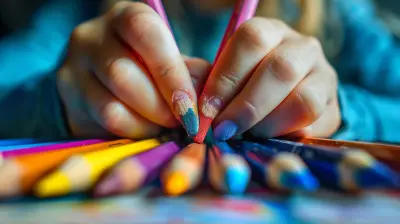
How to Make Critical Thinking and Creativity Go Hand in Hand

Why Extracurricular Activities are Key to College Applications
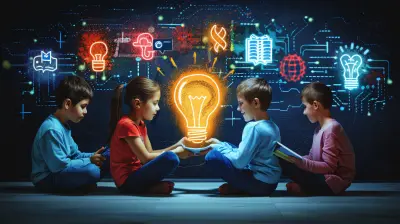
Strategies for Teaching Critical Media Literacy

The Intersection of Art and Science: Encouraging Cross-Disciplinary Creativity

How to Incorporate Inquiry-Based Learning in STEM Lesson Plans